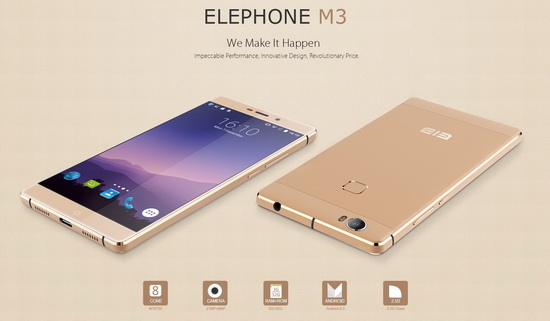How to Clone Laptop Hard Drive to Smaller SSD or New HDD
Here's how you can clone your laptop's hard drive to a smaller SSD or new HDD:
Back up your data - Just in case, back up any important files and data on your hard drive to an external drive or cloud storage. This ensures you have a spare copy.
Download cloning software - You'll need cloning software to clone your hard drive and optimize it for the new, smaller drive. Options:Chuwi gemibook xpro
- Macrium Reflect (free)
- EaseUS Todo Backup (free)
- Acronis True Image
Connect the new SSD/HDD - Connect the new SSD or HDD to your laptop via USB or SATA. The cloning software will detect it.
Select clone option - In the cloning software, select the "clone disk" option. Choose your old hard drive as the source and the new SSD/HDD as the target.
Optimize for size - Some cloning software will allow you to "shrink" the cloned drive image to optimize it for the target drive's smaller size. Do this during or after cloning.
Install the new SSD/HDD - Physically install the new SSD or HDD into your laptop and boot from it.
Disable old HDD - Once the new SSD/HDD is installed and booted, go into your BIOS/UEFI and disable or remove the old hard drive from the boot order. This ensures the system always boots from the new drive.
Remove/replace old HDD - If you replaced the hard drive, you can now remove the old drive from your laptop. If you added an SSD, you can leave the hard drive installed as secondary storage.como apagar la computadora con el teclado
By following these steps, you can successfully clone your laptop's hard drive to a smaller SSD or HDD, with your operating system, programs and files intact. The cloning software will optimize the cloned image for the new drive's capacity.
Hope this helps! Let me know if you have any other questions about cloning your laptop drive.
